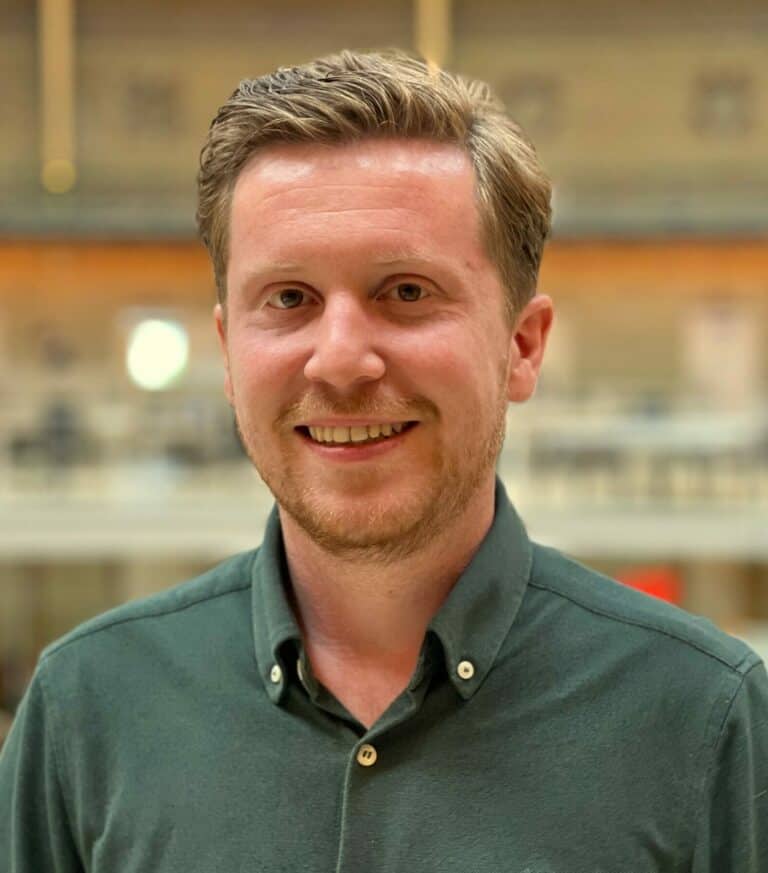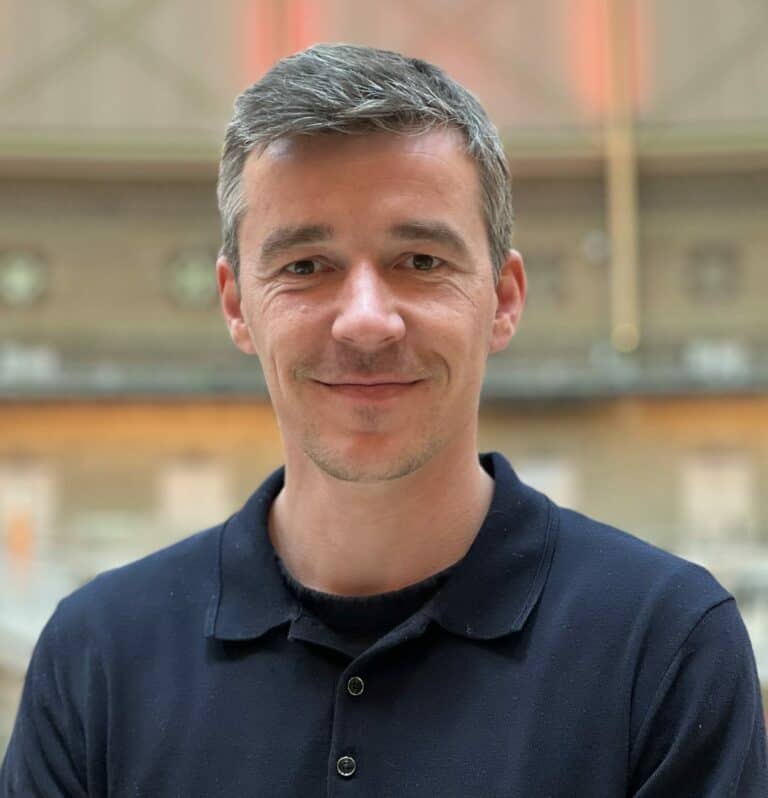What does DOPS do?
Residual flows such as household waste, organic material or industrial by-products are a headache for many companies, especially given the problems surrounding CO₂ emissions. But for the North Holland DOPS, they are the key to sustainability. With their Direct Carbon Immobilization technology (DCI), they convert difficult-to-process waste into reusable products such as synthetic gas (syngas) and activated carbon. And that with much lower CO₂ emissions than traditional techniques.
“DOPS technology can play a major role in solving multiple societal challenges simultaneously: waste processing, sustainable energy and circular raw materials,” says Reynier de Monchy, investment manager at ROM InWest.
An ecosystem that works
The foundation for this investment was already laid in 2021. With the right support at the right time from the ecosystem in North Holland, DOPS was able to develop further step by step. The Development Company Noord Holland Noord has put Dops in touch with various parties. In 2022, the company received a voucher from the Innovation Program Energy & Climate of the Province of South Holland, with which they carried out lab tests in collaboration with Gouda Refractories. Then followed participation in the GO!-NH Accelerator program of the Province of North Holland, in which DOPS further explored its market potential. Via PIM North Holland, DOPS was introduced to ROM InWest and the Innovatiefonds Noord-Holland, which led to an early proof-of-concept financing of €350,000. Later, the company participated in the Green Chemistry Accelerator, carried out by ROM InWest, to formulate more clearly, together with experts, where their customers are and how they want to position themselves in relation to these customers. “We worked together to get a clear picture of the problem that DOPS solves and their market. That helped them to formulate a clear vision of the future,” says Robin van Beijnum, business developer energy transition at ROM InWest.
Focus first, scale later
The innovation of DOPS lies in the modular design: a different residual flow can be processed per reactor. This makes the technology flexible in use. “Where other gasification technologies stagnate due to mega-investments and dependence on one type of raw material, DOPS has chosen to scale up step by step,” Robin van Beijnum explains. “First they focus on properly developing the existing technology. Only then will they scale up further. That is exactly what is needed in this phase to grow towards a fossil-free industry.”
Further development
The €5 million investment will further develop the technology from TRL 6 to TRL 7-8. This means: validating on a larger scale, testing efficiency and preparing for the first commercial plant. “We are working towards a first demo installation, probably at an industrial partner such as a brick factory or waste processor,” says de Monchy. “They are looking for alternatives to natural gas. In addition, we are dealing with grid congestion in many places in the Netherlands. That is quite something. That is why syngas from residual flows is an attractive solution.”
ROMs as a flywheel
The investment in DOPS was made possible in part by the close collaboration between ROM InWest and InnovationQuarter, with IQ taking the lead, followed quickly by private investors. “Without the ROMs as first movers, this investment probably would not have happened,” says de Monchy. “By working together, we were able to clearly explain that the technology has potential. We were also given the opportunity to provide financial support to DOPS and to be their sparring partner in strategy, market approach and focus.”
Technology with different applications requires direction
It is precisely because of the versatility of the technology, waste processing, gas production, carbon as a raw material, that it is important that DOPS now brings focus. “Together with the team, we looked at: where is the most traction, where is the need the greatest, and where is the revenue model the strongest,” says van Beijnum. “That focus is very important for successful scaling up.” De Monchy: “It can be a long road from idea to market. But every step counts. As ROM InWest, we want to make the path accessible to more entrepreneurs with smart solutions for the energy transition.”
What tips do Monchy and van Beijnum have for a well-functioning ecosystem?
- Ensure a continuous chain of support: from PIM to proof-of-concept, do not leave any 'gaps' in the ecosystem so that entrepreneurs have the security to continue developing;
- Don't just invest money, but also help entrepreneurs to focus: especially with broad technologies, a clear market choice is very important for success. Programs like GO!NH and the Green Chemistry Accelerator help entrepreneurs to grow strategically;
- Dare to take the first step: ROMs can send market signals that mobilize private investors;
- Collaborate intensively with other ROMs: the collaboration with IQ was crucial for closing the financing round.



